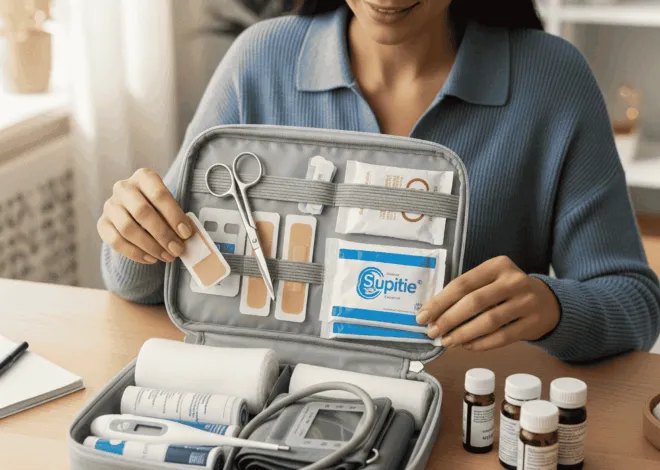Many families wish to postpone the birth of another child for a few years after having one. If you’re breastfeeding, though, your options become more limited because certain types of birth controls contain hormones that can go into your breast milk. Fortunately, there are both natural and hormonal methods that you can use to avoid another pregnancy before you’re ready.
Post-Pregnancy Fertility
Immediately after birth, your body will not be ovulating, so you cannot get pregnant. Of course, most doctors recommend abstaining from sex for the first few weeks as your body heals, so this may not be an issue. Pregnancy Today states that the average woman begins ovulating again between 42 to 56 days after giving birth, though every woman is different and it’s not uncommon to not ovulate for a year or more. Once you start ovulating, there is a chance of pregnancy, and you have to start taking preventative measures if you don’t want to get pregnant yet.
Breastfeeding as Birth Control
The hormones that you use to produce milk for your breastfeeding baby also suppress ovulation. For this reason, many women turn to the lactational amenorrhea method of birth control, which means using breastfeeding as birth control. This method is most effective during the first six months of baby’s life, when you are breastfeeding him more often. Once you start supplementing with solid foods or he starts sleeping throughout the night, the method becomes less effective.
Barrier Methods
Barrier methods may be one of the safest options for breastfeeding women. No hormones are going into the breast milk. Barrier methods include the male and female condoms, diaphragms and sponges. It’s important to begin using the barrier before making any genital contact.
Hormonal Methods
Most doctors consider hormonal birth control that contains only progestin to be safe for pregnant women. These include a progestin-only pill — the “minipill” — a birth control shot and birth control implants. You could also use an intra-uterine device, or IUD, but your doctor cannot place this until six weeks after birth. The birth control patch, vaginal ring and many types of birth control pills — all of which contain estrogen — are not currently safe for breastfeeding mothers.
Effectiveness of Birth Control
The only birth control method that is 100 percent effective is abstaining from sex, which isn’t a great option when you’re in a relationship. Dr. William Sears states that the lactational amenorrhea method is about 98 percent effective as long is the mother is exclusively breastfeeding. Hormonal methods are also highly effective if you use them right, though you should note that if you don’t take the minipill at the same time every day, it loses its effectiveness — more so than other types of pills. Barrier methods are about 97 percent effective with perfect use and 86 percent effective with typical use, according to the Center for Young Women’s Health.





